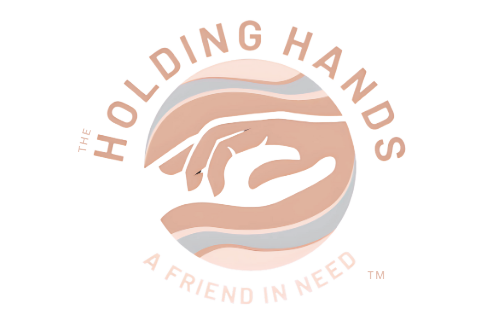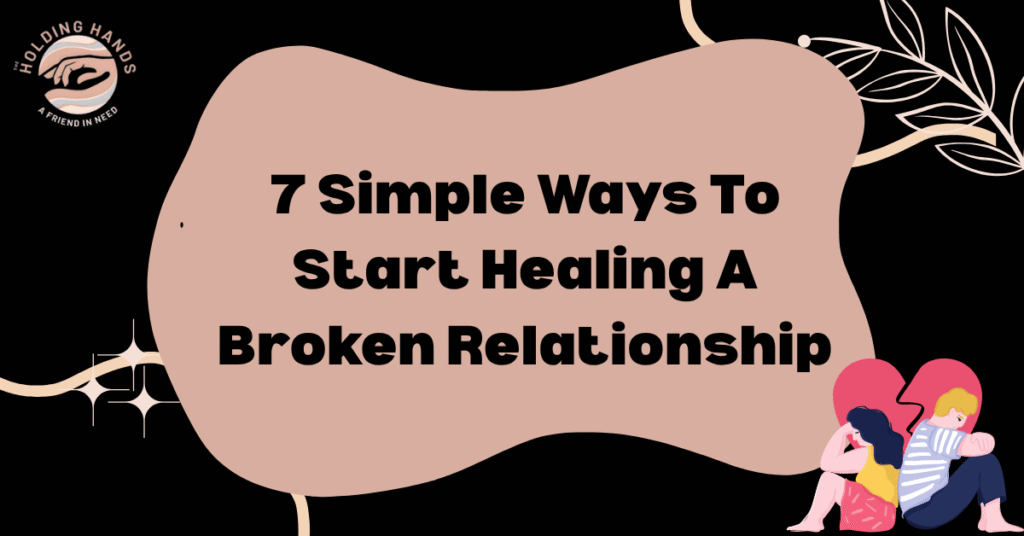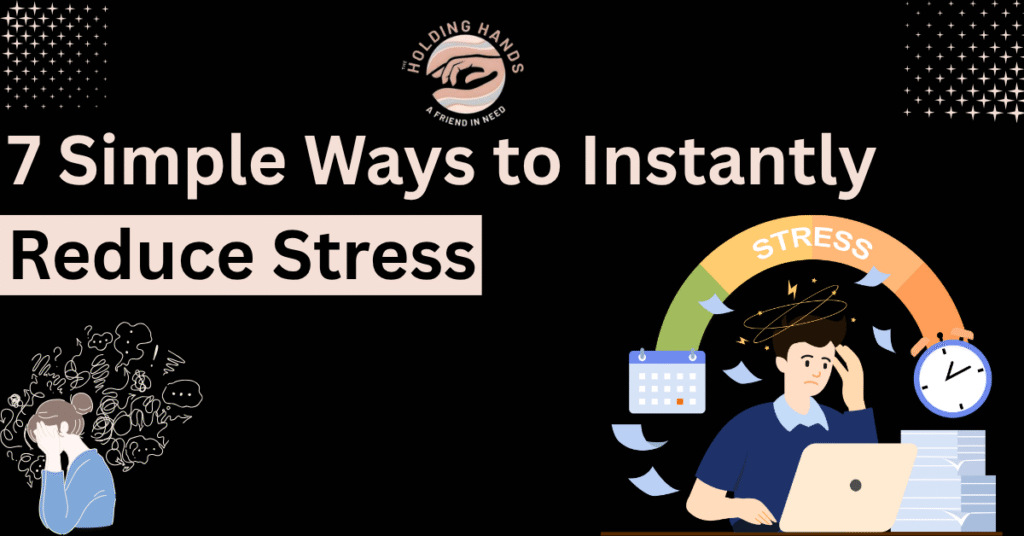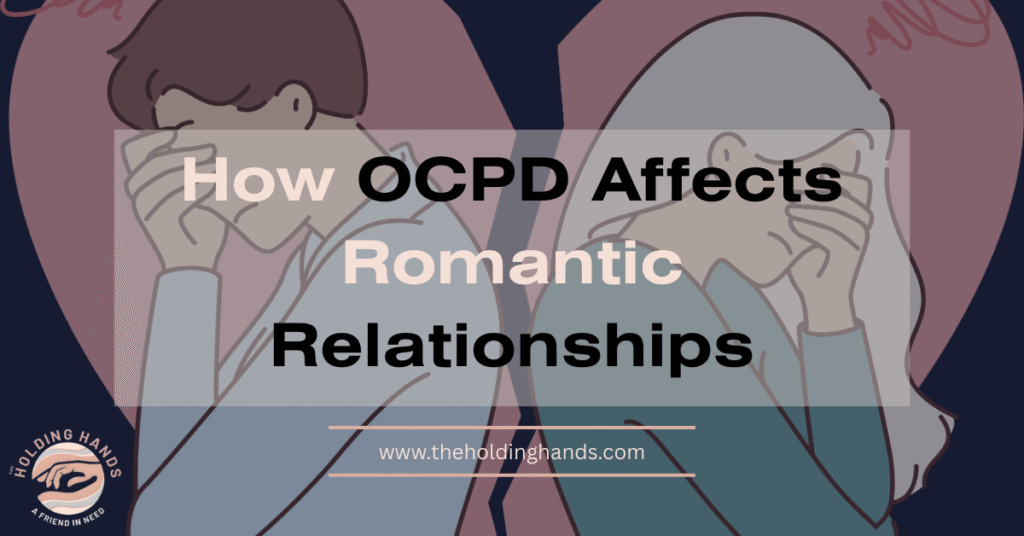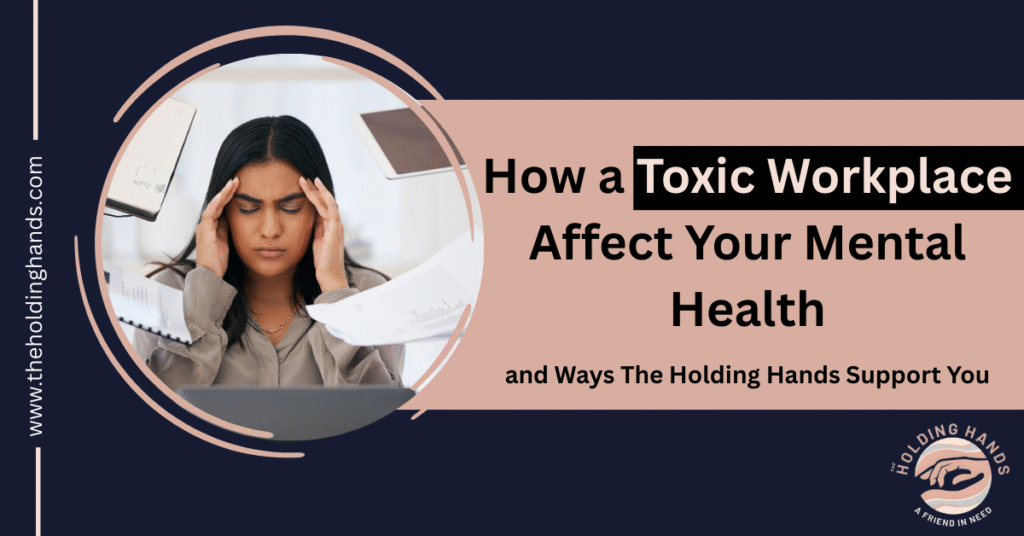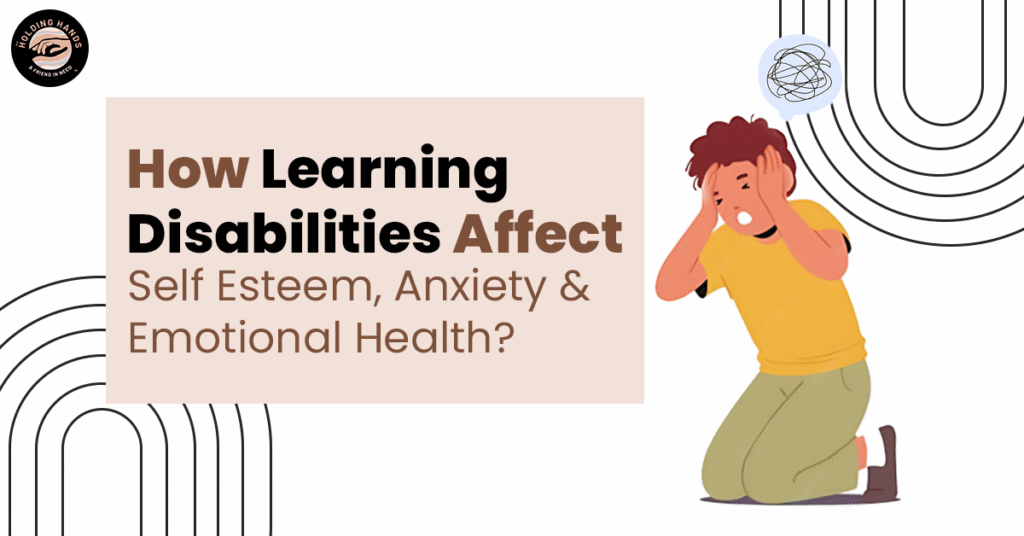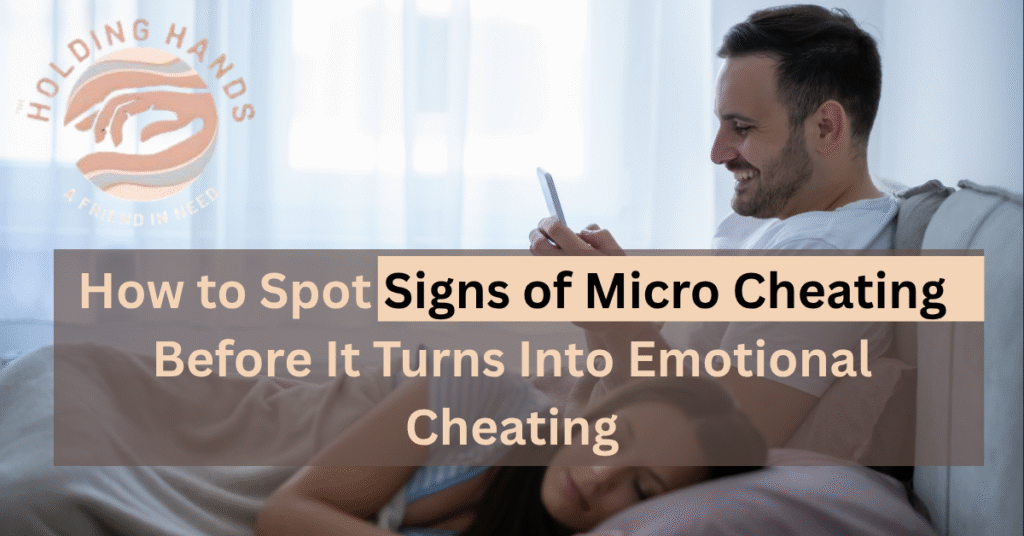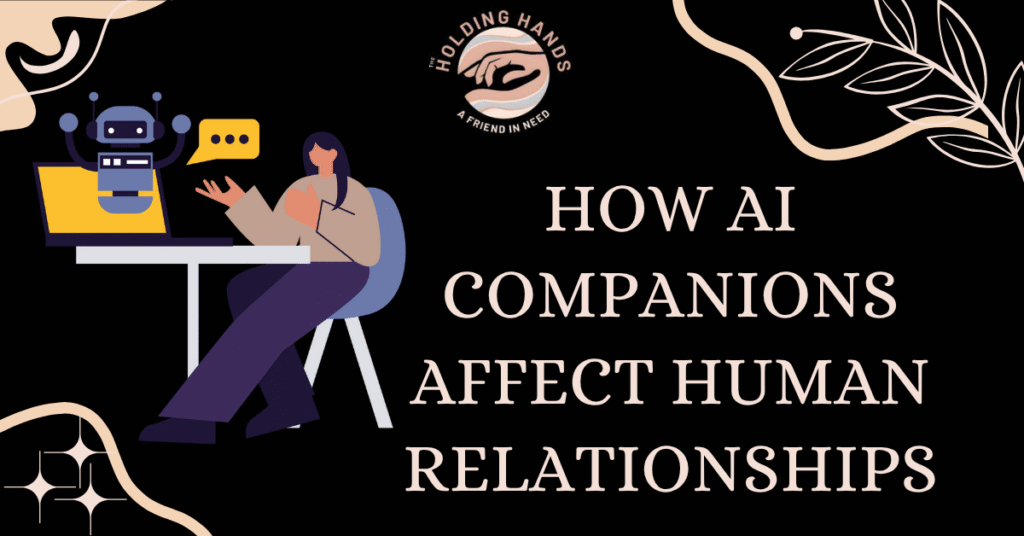7 Simple Ways To Start Healing A Broken Relationship
A broken relationship can feel overwhelming, but not every relationship is meant to end. It can be fixed with patience, love, understanding, and the right effort, which can grow your bonds stronger. Thus, in the realm of broken relationships, healing often begins with following small steps that can help you restore your love life. In this article, discover the 7 most effective ways that can help you bring back your partner to heal your relationship and move forward together. Why Relationship Breakdown? Relationships break down due to different reasons, which include limited conversations, loss of trust, unresolved conflicts, and neglect of emotional needs. Thus, when you fail to solve these problems and don’t take the initiative to spend quality time with your partner, it can become the reason for a broken or wrong relationship. Common Signs A Broken Relationship Needs Healing Before a relationship breaks down, there are different signs that you may face, which need to be addressed immediately before the situation becomes worse. Here are a few common signs that you can face while you deal with problems in a relationship before a breakdown: Loss of communication: If you’re avoiding every conversation with your partner, it can create misunderstanding and distance. Loss of trust: Unfinished conversations and often not being available for your partner can lead to doubts, suspicion, and broken promises. Frequent arguments: If you and your partner constantly fight over small and repetitive issues, then it indicates underlying unsolved problems. Emotional distance: When you’re emotionally unavailable during your relationship complications then this will bring distance between you and your partner. Constant criticism or blame: If you or your partner are always blaming each other for every cause without listening to each other, then both of you’ll always end up with negative judgments. How To Fix A Broken Relationship? Fixing a broken relationship with your partner must be hard, but it is worth making a choice then giving up. It is possible when both of you are willing to make efforts to save your love life. This sincerity towards your partners defines your love and maturity, which, with the grace of God restores broken relationships. Here are 7 simple steps you must follow to build a strong and safe relationship with your partner. 1. Transparency In Communication Clear communication is key for any broken relationship couple struggling to save their bond. You can start by having a calm, respectful, and transparent conversation. This will help you understand the problems or the areas that need to be fixed without blaming each other. Thus, when you practice listening to your partner without interrupting, it can help you build a strong relationship. 2. Acknowledge Mistakes Mistakes are one of the main reasons for a broken relationship, but you can heal them by acknowledging them with your partner. Admitting your mistakes shows your love relationship problems and solutions, which can soften the hurt feelings. Thus, if you want to save your relationship, it is important that both of you make a sincere apology without any excuses or judgments to show your care and love towards each other. 3. Rebuild Trust With a relationship broken trust, it takes time to fill the gaps between you and your loved one. Therefore, building trust with your partner needs patience and small, consistent actions that can show sincerity towards your relationship. Thus, avoiding repetitive mistakes will help you keep your promises, reassuring your partner to feel safe and secure with you again. 4. Spend Time-together Whether emotional or physical distance, it can deepen your cracks in a relationship. This can be filled by spending some quality time with your loved one. It can be done sometimes by cooking a meal together, an evening walk, watching favorite movies, etc, helping you to healing relationship. This will make both of you feel the warmth while enjoying each other’s company and understanding the importance of each other. 5. Practice Forgiveness Accepting the flaws and mistakes of your partner in a relationship is one of the crucial factors that influence the relationship between both of you. Therefore, you must not hold on to grudges that only create doubts because this can constantly bring back the old wounds. Hence, when you start practicing the quality of forgiveness along with your partner with proper counselling for relationship issues this will help you create a space of healing to move ahead with each other happily. 6. Show Appreciation When your relationship is struggling with misunderstanding and self-worth, you and your partner can feel the emotions of a taken-for-granted relationship problem. Therefore, you must practice to reverse this by responding carefully and giving compliments to your loved one to help them acknowledge your efforts and pure intentions. These small gestures will help you rebuild your relationship with a sense of value and love that shows your partner how much they mean to you in your life. 7. Seek Support If Needed Sometimes, when you find it hard to try and your emotions become too deep to handle, then you must seek external support. Because it doesn’t mean that asking for guidance from others means your relationship has failed, instead, it means that you care enough to keep your relationship stronger. Thus, consulting with a reliable friend, relationship counselling, or a therapist can help both of you to communicate better, understand each other’s needs, and guide you towards healing. Heal Your Broken Relationship With Expert Guidance & Move Forward Together Whether you’re struggling to fix your broken relationship or simply want to build your relationship stronger with your partner, it is important to remember that healing doesn’t mean a journey you take alone. With the right approaches like transparent communication, practicing forgiveness, seeking support from professional relationship counselling in Gurgaon, you and your partner can move forward together. Hence, by following these steps, you can improve your communication and understanding to give your relationship a chance to heal and grow with renewed confidence and harmony for a better future together. FAQs Q1. What
